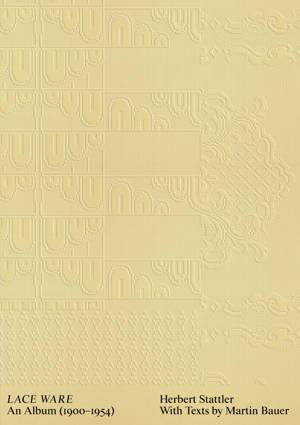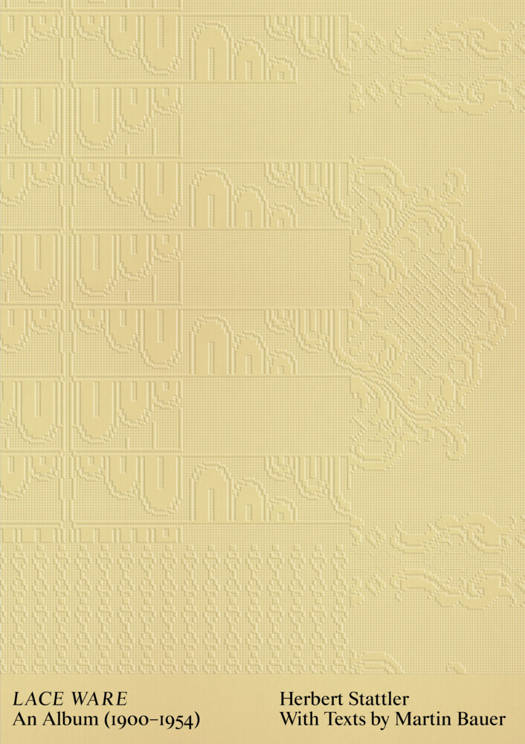
- Afhalen na 1 uur in een winkel met voorraad
- Gratis thuislevering in België vanaf € 30
- Ruim aanbod met 7 miljoen producten
- Afhalen na 1 uur in een winkel met voorraad
- Gratis thuislevering in België vanaf € 30
- Ruim aanbod met 7 miljoen producten
Zoeken
Omschrijving
On September 18, 1900, the Dittmar & Ostertag company-specializing in ladies' garment trimmings, wholesaler and agent for such articles-was entered in Stuttgart's commercial register. Women made delicate bobbin lace at home, which the company sold worldwide in the course of its eventful history. Having combed through numerous archives, the artist Herbert Stattler uses thirty-eight drawings to recount the story of these craftswomen and the company, which ceased operations in 1954, and to acknowledge the significance of the lace the women created in the history of art. Lace Ware is a kaleidoscope of time fragments. The book delves into the harsh conditions of female home-based labor, while also revealing the intertwined histories of textiles, techno- logy, culture, and consumption in the first half of the twentieth century. Based on designs made by draftswomen, the lace patterns reflect the evolution from ornament and decoration to the aesthetic practice of autonomous form finding.Herbert Stattler is a visual artist living in Berlin. His drawings appear in the form of series and artist's books. Martin Bauer
Specificaties
Betrokkenen
- Auteur(s):
- Uitgeverij:
Inhoud
- Aantal bladzijden:
- 176
- Taal:
- Engels
Eigenschappen
- Productcode (EAN):
- 9783959058841
- Verschijningsdatum:
- 27/03/2025
- Uitvoering:
- Hardcover
- Afmetingen:
- 258 mm x 20 mm
- Gewicht:
- 1273 g

Alleen bij Standaard Boekhandel
+ 169 punten op je klantenkaart van Standaard Boekhandel
Beoordelingen
We publiceren alleen reviews die voldoen aan de voorwaarden voor reviews. Bekijk onze voorwaarden voor reviews.











